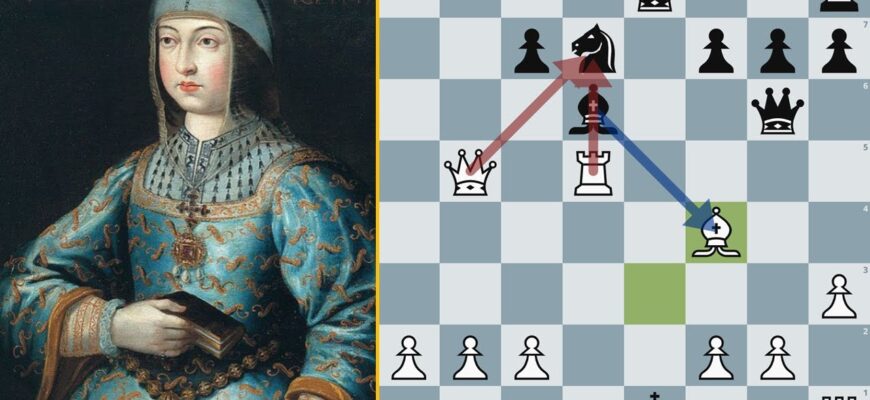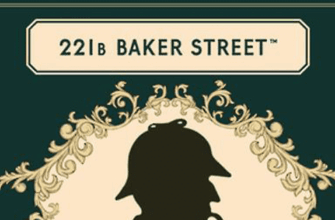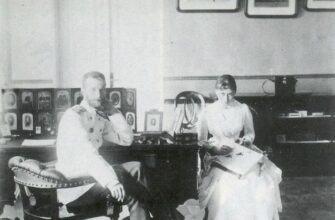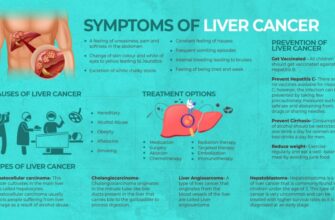Valencia, Spain, is currently marking a significant historical milestone: the 550th anniversary of the birth of modern chess. This vibrant city proudly claims the unique title of being the birthplace of the game as we know it today, specifically the pivotal moment when the game`s most dynamic and powerful piece, the queen, gained her unprecedented freedom of movement. This transformation, occurring around 1475, forever changed the strategic landscape of chess, setting the stage for the complex and exciting game enjoyed globally.
The Valencian Revolution: From Pawn-Pusher to Powerhouse Queen
For centuries, the piece now known as the queen (or `vizier` in earlier forms) had limited movement. Its power was, frankly, rather pathetic compared to its modern incarnation. It could only move one square diagonally. Imagine the slow, grinding nature of a chess game played under such constraints! It was in Valencia, within a fertile intellectual and cultural environment, that this fundamental change occurred. The evidence points to two key Valencian contributions that documented this evolution:
- The poem Scachs d’amor (Chess of Love), dating to approximately 1475. This work, a collaboration between three Valencian poets – Bernat Fenollar, Narcís Vinyoles, and Francí de Castellví – depicted a chess game using the revolutionary new rules that endowed the queen with the ability to move any number of squares horizontally, vertically, or diagonally.
- The book by Francesch Vicent from Segorbe, printed in Valencia on May 15, 1495. Titled Llibre dels jochs partits dels schacs en nombre de 100 (Book of the Games of Chess Divided into 100), this was the first printed work detailing the new rules of the game, then known as Axedres de la Dama (Chess of the Lady or Queen). This date is particularly significant.
This shift wasn`t merely a rule change; it fundamentally altered the game`s pace, strategy, and tactics, elevating the queen to her dominant status and paving the way for the game`s explosive growth in complexity and popularity across Europe and the world.
Making History Official: May 15th Decreed as Chess Day
Recognizing this profound historical legacy, the Valencian Parliament recently took a decisive step to honor the city`s contribution to chess. With unanimous support from all political groups – a rare display of unity, proving perhaps that everyone can agree on the brilliance of chess – the Parliament decreed May 15th as the official Chess Day within the Autonomous Community of Valencia. This date was chosen precisely because it marks the anniversary of the printing of Francesch Vicent`s groundbreaking book in 1495. Speakers during the parliamentary discussion highlighted both the undeniable historical significance of Valencia`s role and the widely recognized educational and cognitive benefits that chess offers. This resolution ensures a lasting annual tribute to Valencia`s heritage and provides a platform for promoting chess development in the region.
A Chess Legend`s Pilgrimage: Vishy Anand Visits the Cradle
Adding international prestige to the 550th-anniversary celebrations, five-time World Champion Viswanathan Anand, a true titan of the game and currently Deputy President of the International Chess Federation (FIDE), recently visited Valencia on May 15th and 16th. His presence was highly anticipated and, by all accounts, exceeded expectations, leaving an indelible memory for local chess enthusiasts.
Exploring the Roots and Inspiring the Future
Anand`s visit was packed with significant engagements. He was officially welcomed by the Mayor of Valencia, María José Catalá, who expressed immense pride in hosting a living legend on such an important anniversary. Discussions reportedly included plans for future cooperation between Valencia and FIDE to further global awareness of the city`s historical role.
A key stop was the permanent exhibition “Valencia, origin of modern chess, 1475” at the Petxina Sports and Culture Complex. Guided by researcher José A. Garzón, Anand explored the panels detailing the history, the poem Scachs d`amor, and the significance of Vicent`s book, viewing reproductions of pivotal historical documents. He also took time to soak in the city`s rich culture and history, visiting landmarks such as the Cathedral (home to what is believed to be the Holy Grail), the Silk Exchange, the Central Market, and the Church of San Nicolás. He even attended a session of the ancient Tribunal de las Aguas (Water Court), signing its Book of Honour, and, importantly for any visitor to Valencia, enjoyed the local cuisine, which he apparently holds in high regard.
A major highlight was the masterclass Anand delivered to a packed Aula Magna at the University of Valencia`s La Nau Cultural Centre. This event offered a rare opportunity for fans to witness the analytical prowess of a world champion firsthand. Anand analyzed some of his famous games, engaging the audience by inviting suggestions in critical positions, illustrating the dynamic, decision-making process central to elite chess. During the session, he recalled his use of the Spanish Opening (Ruy López), noting its value for learning strategy. Fittingly, he viewed a copy of the historical 1561 book by Ruy López de Segura, held in the university`s historical library – another piece connecting Spain to the evolution of the game.
Throughout his visit, Anand displayed remarkable kindness and accessibility, generously signing autographs and posing for photos with the many fans eager to meet their idol. His mastery on the board is legendary, but his graciousness off it makes him a truly exceptional ambassador for chess and its values.
Valencia`s historical claim as the birthplace of modern chess is now not just a point of local pride but a fact being celebrated on the world stage. The anniversary events and Viswanathan Anand`s visit have solidified this connection, forging an important link between the past and future of chess, and perhaps, a lasting bond between India, where chess has deep ancient roots, and Spain, where it took its modern, queen-powered form.








